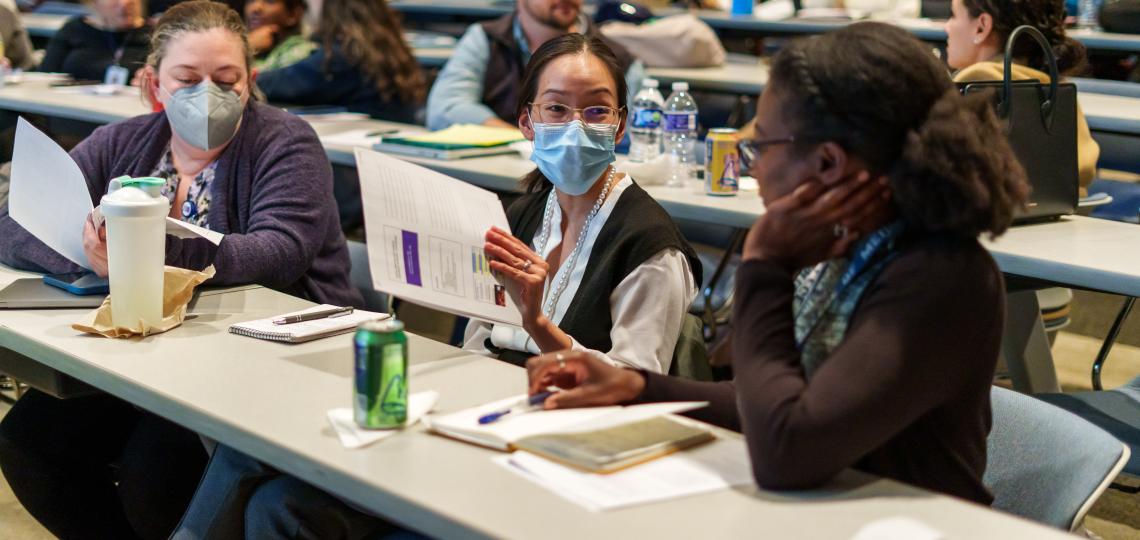
What is Active Learning?
Active learning is not a new concept. Though coined by Bonwell and Eisen (1991), aspects of active learning can be found in studies by Piaget, Vygotsky, and Dewey*.
Active Learning is a broad set of methods designed to actively engage learners with the course materials through a variety of instructional strategies. In contrast to more traditional didactic instruction where the instructor primarily teaches in the form of lecturing and students are more passive receivers of the information, in active learning environments, learners are active participants in their learning through self-reflection, interacting with classmates, and/or the instructor.
What are the Benefits of Active Learning?
- Engages learners at higher levels of thinking
- Higher conceptual understanding and application of the course materials and content (Hake, 1998)
- Learners who experience active learning retain more than during passive instruction (Tabrizi, 2017)
- In STEM+M fields, learners on average have higher exam scores when instructed using active learning techniques (Freeman, 2014)
What Professional Development Opportunities are Available?
As a BCM educator, a variety of active learning-focused professional development opportunities are available to you. The Center for Teaching and eLearning, Huffington Department of Education, Innovation and Technology is offering a variety of active learning workshops from designing your lessons, and selecting the technology to the delivery of your instruction.
A full listing of the workshops is below. We recommend that you take the workshop(s) in order to optimize the effectiveness, however, depending on your school or program affiliation, you can take as many workshops as you’d like.
Download the Center for Teaching and eLearning Workshop Schedule AY 2024-2025
Part 1: Active Learning and Designing Your Instruction
Part 2: Active Learning and Academic Technology
Suggested pre-requisite: all of Part 1: Active Learning and Designing Your Instruction
Part 3: Delivering Your Instruction
Suggested pre-requisite: all of Part 2: Active Learning and Academic Technology
*References
Bonwell, C.C. & Eisen, J.A. (1991). Active Learning: Creating Excitement in the Classroom. School of Education and Human Development, George Washington University: Washington DC.
Freeman, S., Eddy, S. L., McDonough, M., Smith, M. K., Okoroafor, N., Jordt, H., & Wenderoth, M. P. (2014). Active learning increases student performance in science, engineering, and mathematics. Proceedings of the National Academy of Sciences, 111(23), 8410-8415.
Hake, R. R. (1998). Interactive-engagement versus traditional methods: A six-thousand-student survey of mechanics test data for introductory physics courses. American Journal of Physics, 66(1), 64-74.








